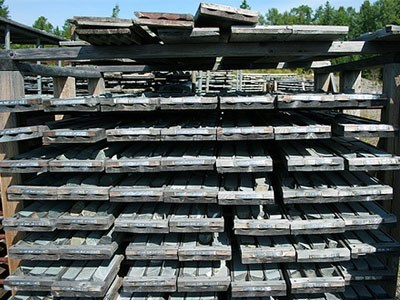First Mining Finance thinks there are more ounces to be had on its gold property between Dryden and Sioux Lookout.
The Vancouver mineral holding company announced the Jan. 24 start of a 27,000 metre winter drilling campaign at its Goldlund Gold Project.
Goldlund is a 26,600-hectare project straddling Highway 72. The ground once hosted an underground and open-pit mine between 1982 and 1985.
It picked up Goldlund in a deal with Tamaka Gold last June, along with the Pickle Crow project near Pickle Lake, the Springpole Gold Project northeast of Red Lake, and the Cameron project north of Rainy Lake.
The focus at Goldlund is on infill and step-out drilling of the property’s Zone Seven, believed to host more mineralized material.
Two rigs are now turning with a third to be added as the program ramps up.
On Jan. 9, First Mining released numbers for Goldlund showing 560,000 ounces of gold in the indicated pit category and 1,750,000 ounces in the inferred pit category.
The company aims to push Goldlund to a preliminary economic assessment (PEA) level. The timing of any PEA has yet to be determined.
First Mining is out to pick up more prospective ground.
The company said it has signed purchase agreements for mineral claims in Ontario and Quebec, including one with GoldON Resources to acquire five unpatented mining claims near Pickle Lake in exchange for 200,000 common shares of First Mining.
In a statement, First Mining chairman Keith Neumeyer expressed his excitement about what drilling may yield at Goldlund in expanding the resource base there.
“We believe our Goldlund project has the potential to be one of our core projects. This initial drill campaign is expected to be a phase one of several campaigns in the coming years to further advance this project to a PEA level. We are also very pleased to have acquired the additional Pickle Lake and Central Duparquet (Que.) claims as we believe the consolidation of regions we are active in should be a continued process that benefits each of our projects.”




